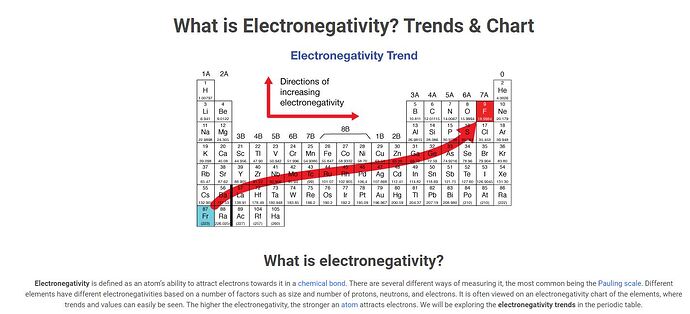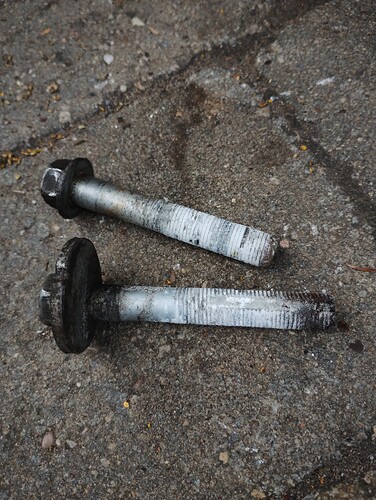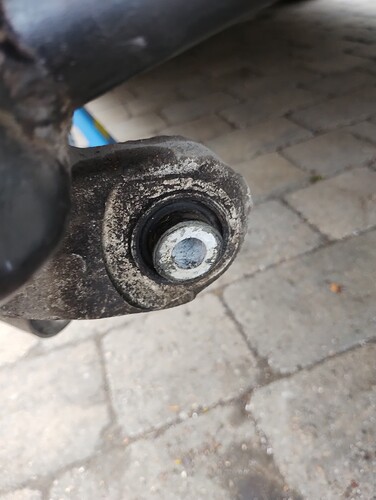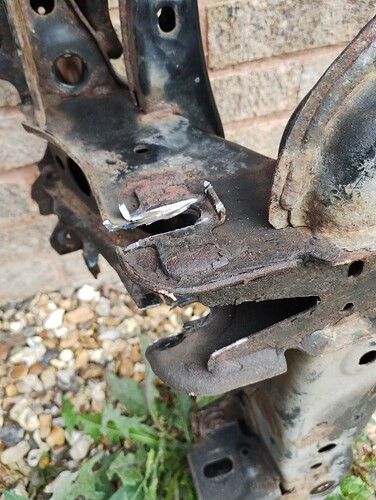Thought I’d include some recent corrosion examples and perhaps provide something to ponder ref. preventative maintenance.
The top one is a rear lower shock bolt and the bottom one is a rear suspension cam bolt.
This is the lower shock knuckle bush.
I don’t have an expensive high torque impact wrench (which may have speeded things up), so I set to work with a mapp gas blow torch (careful not to over heat the rubber bush material), a 600mm breaker bar, a lump hammer and lots of WD40 (sounds incredibly like a line from “Pulp Fiction”).
The lower shock has a captive nut, so only the bolt head needs to be turned. The technique was to heat up the bolt and then tighten and untighten the bolt repeatedly. 4 hours later, I had freed up and removed 4 bolts. I then cleaned out the bush bores with a plumbers 15mm wire brush and coated everything in aluminium Sealey anti seize compound.
As with most cars, they are built “dry” at the point of manufacture, so disassembling vulnerable fixings and adding the appropriate lubricant, is always a good long term ownership plan (unless you live in California).
The above bolts in the rear suspension were 10mm diameter (17mm socket), but the front lower wishbone arms are 12mm diameter (19mm socket). These 12mm bolts corroded into the lower wishbone bushes were a whole new ball game.
Luckily, I needed to change my front subframe. The LHS had all new suspension components, on the RHS however, I needed to recover the RH lower wishbone. Once cut out of the subframe (see pic), I handed it over to a friend with a workshop who initially tried to press it out using a hydraulic press. After 13 tonnes and turning his head away, he decided to drill out the bolt. This proved successful, but he said it was difficult to drill and keep the rubber cool.
So, something to ponder if you live in a country that uses salt on it’s roads.
PS. “Zed’s Dead”
![]()




